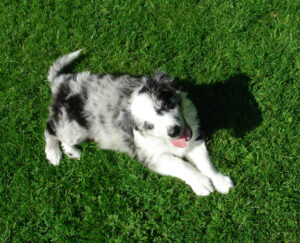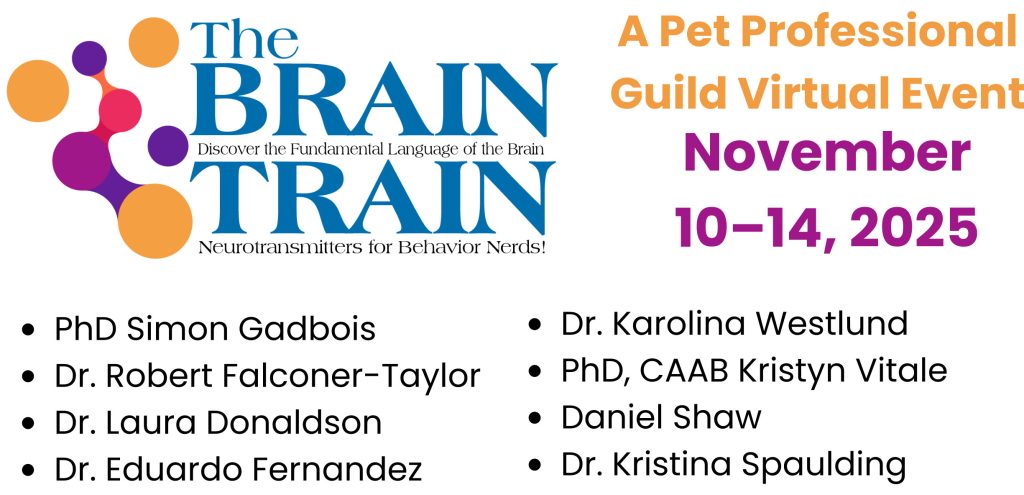Barks Blog
Ping Pong Recalls

When I ask new puppy owners ‘what are the most important objectives for you and your new pup?’ you can bet that right at the very top of that list is ‘I want to be able to let my dog off lead and for her to come back when called!’ I think that’s pretty reasonable – most of us have at some time experienced those palpitations when you’re calling and calling AND calling and there’s no response – isn’t that the best relief when that little head pops up?
So, what can we do to maximize our chances of keeping our little pup by our side and ‘pinging’ back to us throughout adulthood?
Start Young
Don’t waste your chances when your new puppy comes home and can’t yet go outside due to an incomplete vaccination course. These formative weeks are a time of great insecurity and bonding and most puppies will have a close desire to stay with you. This is great because you will have multiple chances per day to try out recall. The key here is to make everything FUN. During this time you will also be carrying out the process of puppy name association. Every time puppy follows you somewhere, to the other side of the room, to get a toy (you can of course lure her with a toy), to get cuddles or food, for absolutely any reason, slot in puppy’s name + your cue word (come/here etc.) Make sure you call puppy in a really friendly voice. Ensure that you positively reward puppy somehow, a little game or maybe a very small, easily digestible puppy treat. Be aware that too many treats may upset a delicate tummy.
Generalizing Behaviour
When puppy is carrying out the above well, start generalizing the behaviour to slightly more distracting environments – obviously within the remits of puppy’s vaccination status. You may be limited to your garden/yard to begin with.
Eventually, think about progressing outside the confines of your property. Grade areas in terms of distraction 1-5. 1 being no distraction or very little (your home/garden), 5 being maximum level distraction. Start recall training in each of these gradients 1-5. You must progress through each rung on the ladder, making sure that your dog is successful at one stage before progressing to the next. Remember that if she struggles to attend to you at say gradient 3, she is not being naughty, it is simply that the level of distraction is competing for your training cue and you must drop down a gradient for a while. You may also need to increase your reward level (higher value food or toy value or select a motivation that really suits your individual dog). Remember also that competing distractions include smells, noises and audible cues as well as visible ones and also individual factors specific to your dog e.g. stress levels. Always listen to your dog.
On/Off Lead
It’s scary! The sooner you can let your dog off lead, the better in my opinion. Obviously the location and individual circumstances have to be right, but in some cases the lead can become a kind of security tie which becomes incredibly hard to sever. Dogs that are kept on lead can develop social interaction and frustration issues and problems with recall eventually because they are simply a coiled spring. Furthermore when dogs hit adolescence, they receive a surge of hormones which gives them confidence. This added confidence then counters the insecurity of that little puppy of 9 weeks, making it much harder to train an initial recall.
Building Confidence
My advice is always to ‘bite the bullet’ and go off-lead where safe. I appreciate that this is scary, especially for first time owners. In order to build confidence, it can help to practice with another puppy or to use a long line, either held or trailed on the ground and progressively made shorter.
Ping Pong Recall Points
- Always ensure that you actually have a cue word! So many people actually do not and simply call the dog back by her name. You need to use the name + cue word
- Be consistent. Each person calling the dog should use the same cue word
- Don’t use variants, have clarity. Try not to use variants of the cue word. It is easy to use ‘come’, then ‘come here’, then ‘here’ – have clarity
- Be at your dog’s level. If you stand upright, all your dog sees is your legs. In order to maximize you chances of success. Your dog will see all distractions around you, other dogs, people, cyclists, joggers etc. and more likely go to them. If you engage with her however by crouching to her level, you have more chance of communication and success
- Choose a motivation which is appropriate to your individual dog. Not all dogs like treats. It might be a particular game, activity, toy, scent or high value treat. Be guided by the breed of dog you have and their innate instincts.
- Keep your selected motivation obvious. It’s no good having your treat in your pocket or toy by your side. Make sure it’s ready and obvious and outstretched in front of you so your dog can actually see what she’s returning to.
- Guide your dog right to your feet. Some dogs recall great, but only to 3ft away, then run off again! Stop this by insisting she recalls right to you, take hold of her collar and then reward.
- Train at the right gradient of distraction for your dog. Listen to your dog. If she’s not responding as you hoped, think ‘why’ and lower the distraction level.
I hear from so many owners that their dog is poor at recall. I also hear from breeders or other ‘doggy professionals’ that it is impossible to have a certain breed come back or that breed will never be able to be let off lead. In my opinion this is completely inaccurate and simply breed stereotype. A little formative work, listening to and working with the innate characteristics of each breed will bring success and make for a much happier dog.

